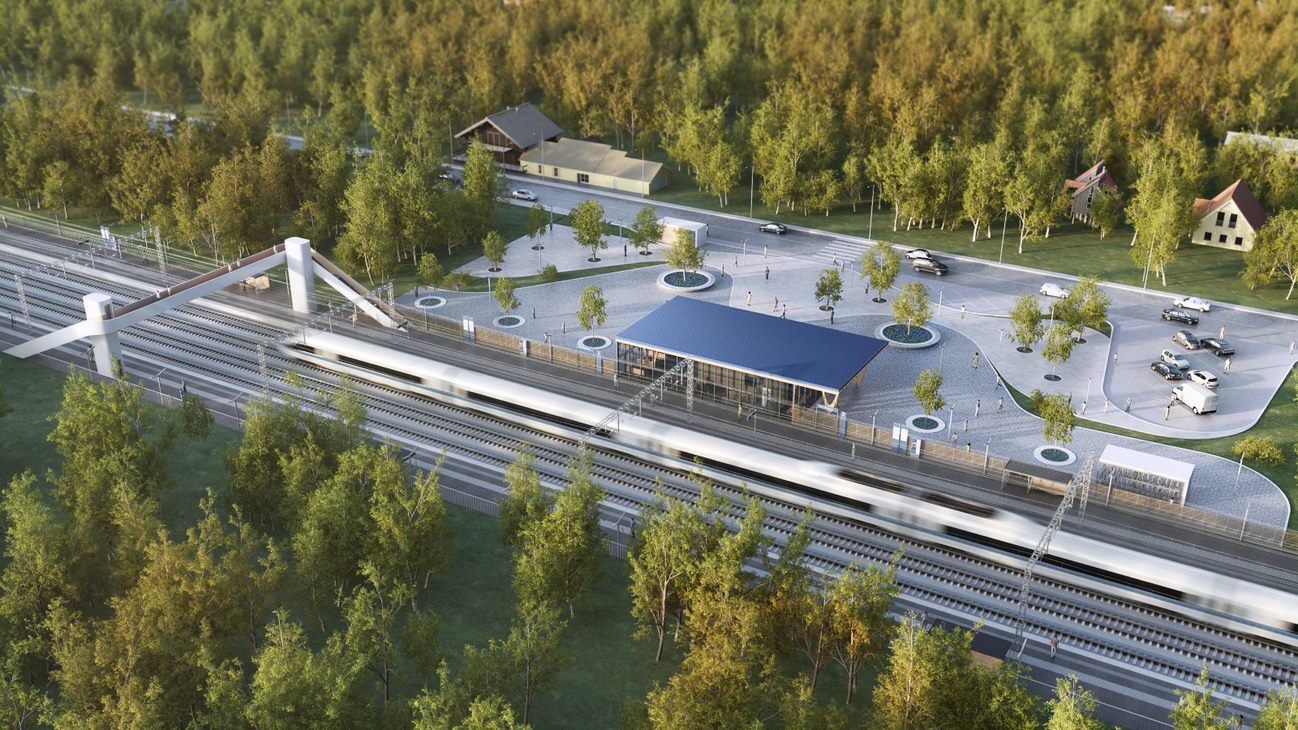 Alternatives for the development of Rail Baltica regional stations on the section from Kaunas to the Lithuanian – Latvian border are being presented to the public which is invited to actively participate and cooperate in the territorial planning process by submitting comments and proposals for public consideration of the project.
Alternatives for the development of Rail Baltica regional stations on the section from Kaunas to the Lithuanian – Latvian border are being presented to the public which is invited to actively participate and cooperate in the territorial planning process by submitting comments and proposals for public consideration of the project.
“One of the main objectives of Rail Baltica is to integrate the capitals of the Baltic States into the European railway network. Of no less importance is that the new European standard-gauge railway will ensure faster connectivity on regional routes and with major Lithuanian cities – Kaunas, Jonava, and Panevėžys,” the Deputy Minister of Transport and Communications Loreta Maskaliovienė said.
At least seven Rail Baltica regional stations and stops are planned to be constructed along the section including the Vaškai passenger (border) station, the Joniškėlis commercial and passenger station, the Ramygala passenger stop, the Pasraučiai passenger stop, the Ručiūnai passenger stop, and the Jonava commercial station and passenger stop.
A total of two regional station development alternatives will be presented for each station. The priority development alternative was selected following a strategic environmental assessment (SEA), during which not only environmental but also social and economic factors were evaluated. A multi-criteria evaluation and cost-benefit analysis of both alternatives have also already been carried out.
The preparation of the special plan for regional stations involves an assessment of the current situation; general and concrete solutions are formed in preparing the alternatives for the development of Rail Baltica, and the specific land is identified, which, after the approval of the special plan, will be acquired for public purposes. In preparing the special plan, the impact of the planned infrastructure on the environment is also assessed.
The public can become acquainted with the concept document for the special transport communications engineering infrastructure development plan and the strategic environmental impact assessment report from 27 June 2023 to 26 July 2023.
“On the most mature section of Rail Baltica from Kaunas to the Latvian border, construction work is not only intensifying, but the planning of areas needed for regional stations is continuing as well. After the approval of the optimal alternative, concrete solutions will be prepared – then the exact land needed for the development of the regional stations will be identified,” LTG Infra Rail Baltica Management General Manager Dovydas Palaima, said.
The double-track European standard-gauge electrified Rail Baltica corridor will connect Warsaw, Kaunas, Riga, and Tallinn. The total length of the line is 870 km, with 392 km in Lithuania, 265 km in Latvia, and 213 km in Estonia.
Share on:



